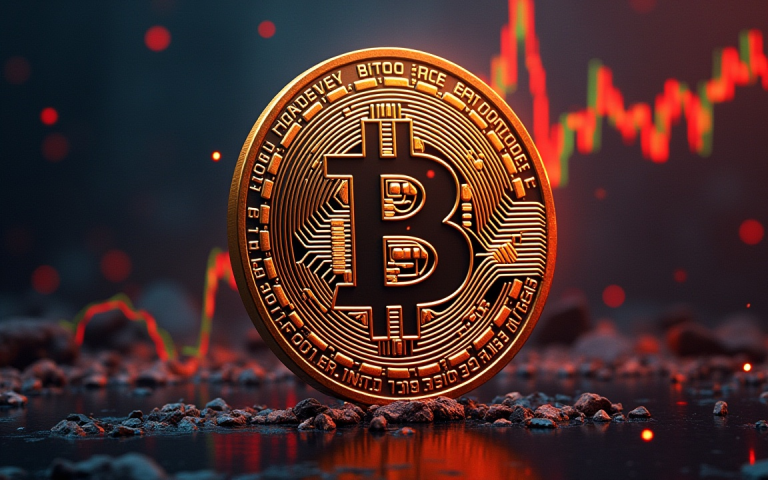
Crypto Buybacks: The Evolution of Tokenomics in 2025
In traditional finance, share buybacks have long been a cornerstone strategy for companies like Apple and Microsoft, allowing them to return value to shareholders through tens of billions in stock repurchases. Today, the crypto market is embracing a similar model, signaling a shift towards maturity and sustainability. But not all buybacks are created equal—only a select few stand out in execution and impact.
The Powerhouses of Crypto Buybacks
Revenue-backed buybacks are reshaping the industry, and certain tokens are leading the charge:
$HYPE: Hyperliquid’s Aggressive Strategy
Setting the benchmark for the crypto sector, Hyperliquid funnels nearly all its platform fee revenue into buying back $HYPE tokens. With this calculated move, $HYPE has become one of the most aggressive buybacks in the market. This has driven its price to $43.56 with a market cap of $13.4B, according to CoinMarketCap.
$PUMP: From Meme Culture to Economic Support
Pump.fun took a bold approach by announcing in July that it would dedicate all platform revenue to $PUMP buybacks. Execution began the same week, providing direct economic support to the token. Currently, $PUMP trades at $0.00285, with a market cap of $302M. This proactive step demonstrates how even projects rooted in meme culture can evolve and focus on sustainability.
Ethena’s Structured $ENA Buyback
Ethena chose a sophisticated model by initiating a $260M buyback program across six weeks, allocating $5M per day for token purchases. As one of the largest foundation-managed buybacks in crypto history, ENA is currently trading at $0.71, with a $4.32B market cap. This disciplined strategy showcases the shift towards more structured tokenomics in the sector.
Why Execution Matters in Crypto Buybacks
While buybacks sound bullish, their real impact in crypto depends on execution. In traditional equities, buybacks reduce shares and increase earnings per share (EPS). In the crypto space, their success hinges on whether these programs are genuinely funded by sustainable revenue—and if the mechanism can endure during challenging market conditions.
It’s important to note that buybacks are not a guarantee. Projects can halt these programs at any time, particularly if revenue slows or costs increase. The key question for investors is: Are these buybacks funded by real revenue or reserves? Sustainability, rather than one-off announcements, ultimately defines the success of these initiatives.
Risks and Rewards: The Fine Line of Crypto Buybacks
The rise of buybacks demonstrates that the crypto industry is moving beyond hype-driven tokenomics to adopt more value-focused strategies. However, the approach is not without risks. Overcommitment to buybacks can strain a project’s treasury, while under-delivering can damage credibility. The real winners will be those projects that seamlessly align buybacks with long-term revenue streams.
Conclusion: The Future of Crypto Tokenomics
With buybacks emerging as a dominant trend in 2025, they represent crypto’s closest attempt to emulate equity-style capital returns. By recycling profits into tokens, these programs create a positive feedback loop: user activity generates fees, fees drive buybacks, and buybacks support token prices.
However, as an investor, it’s essential to dig deeper into the sustainability of a project’s buyback program. Transparency and consistent funding through actual revenues are the hallmarks of a successful buyback initiative.
For traders and enthusiasts looking to stay updated on the latest trends in crypto, check out NullTX, your go-to source for cryptocurrency news, insights, and updates.



